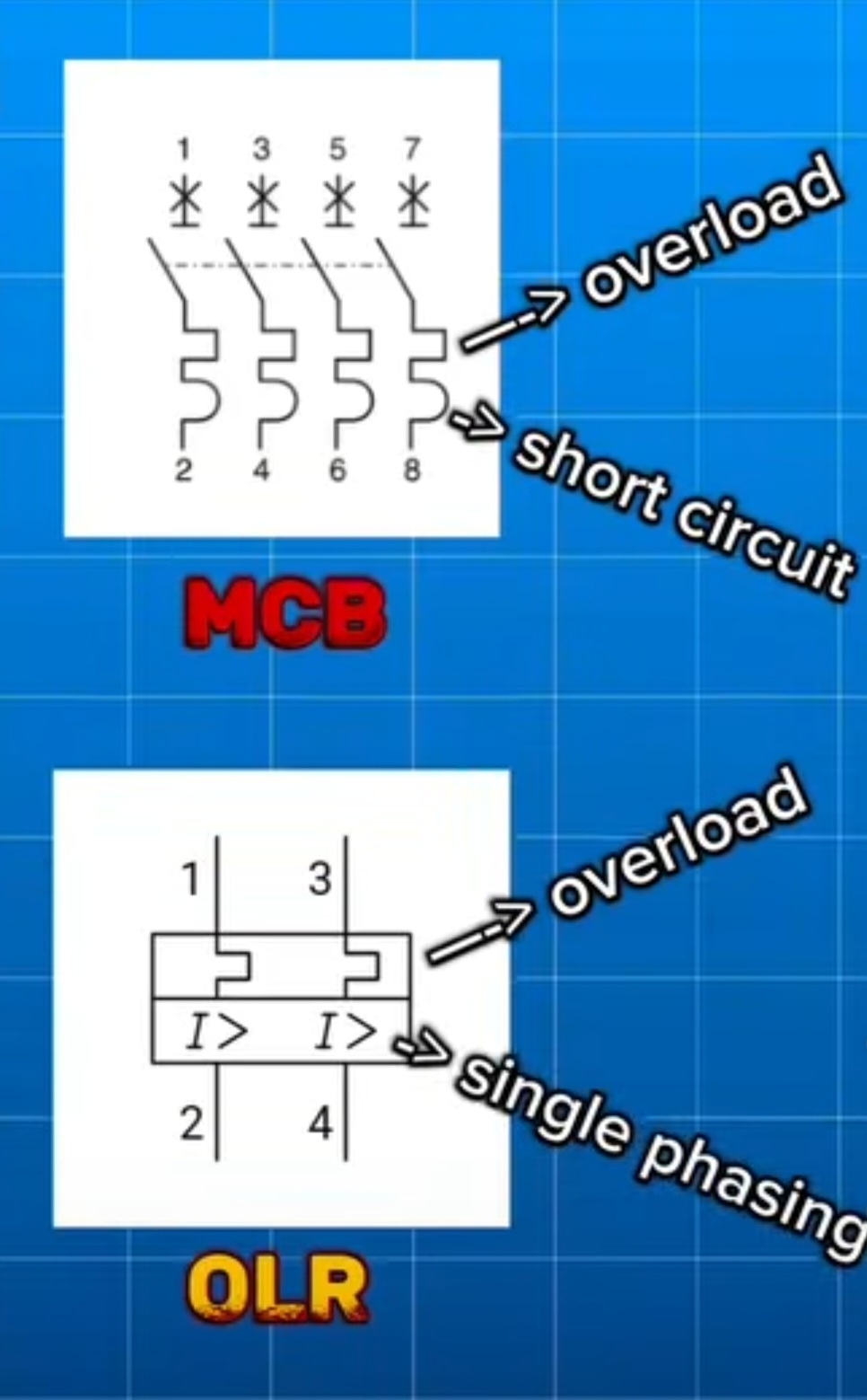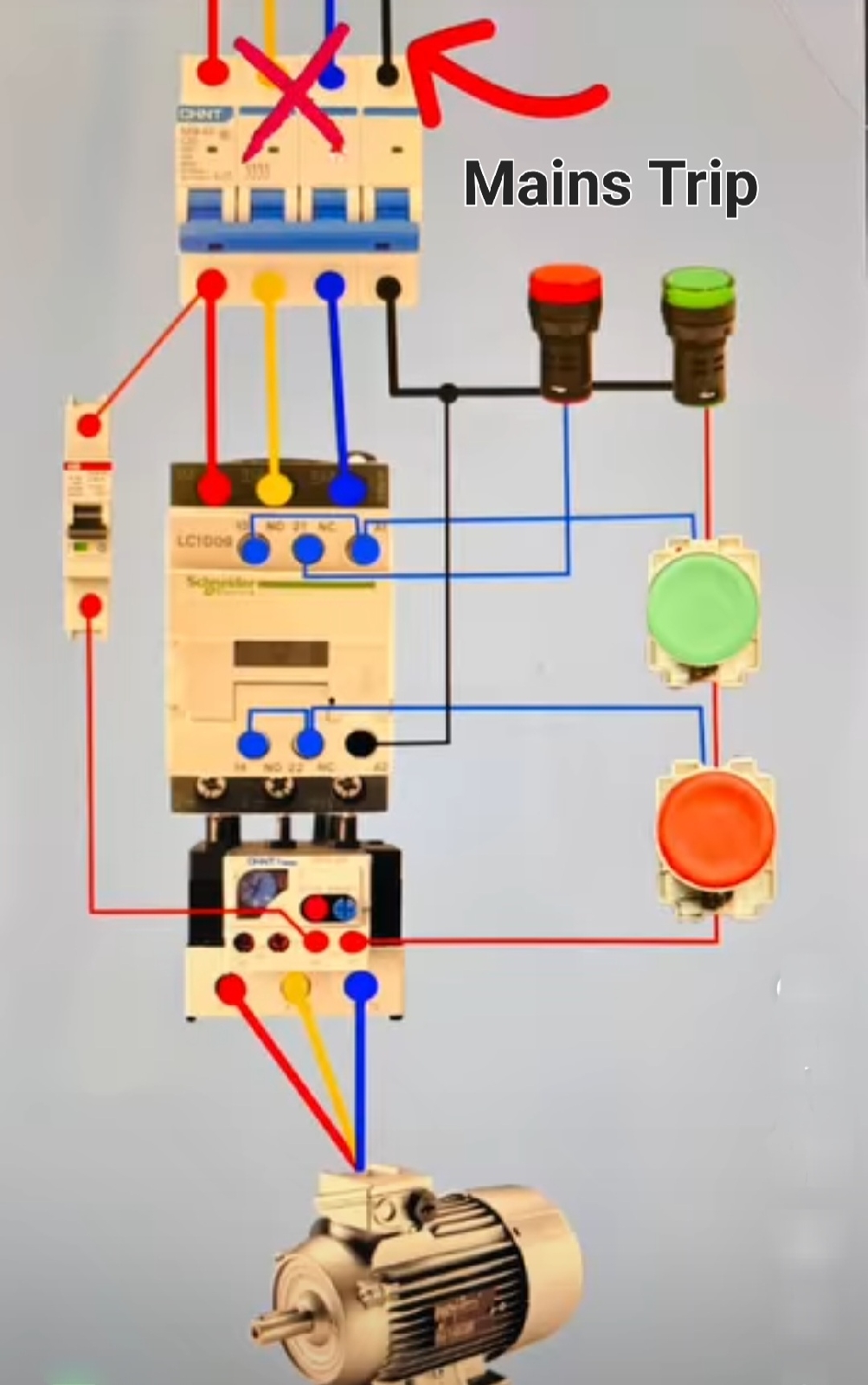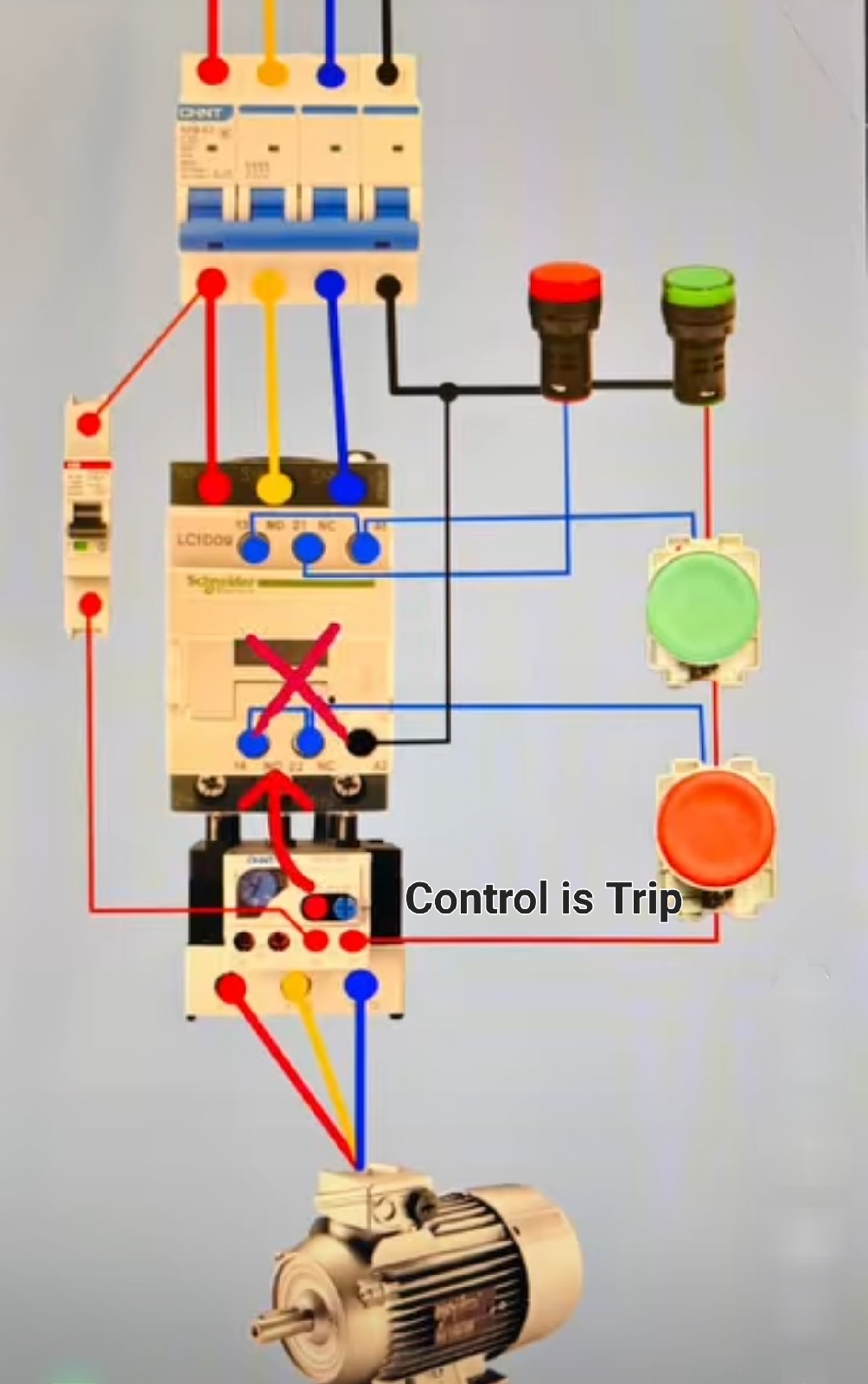An Aerospace Engineer Breaks Down the Science of Flight.
Have you ever looked up at the sky and wondered how a 400-ton airplane can soar effortlessly above the clouds?
It seems almost impossible—yet every day, thousands of aircraft defy gravity and transport millions of people worldwide.
So, what’s the secret?
Physics, aerodynamics, and brilliant engineering!
Let’s break it down into the essential principles that make flight possible.
The Four Forces of Flight:
The Key to Staying in the Sky
Every aircraft, from a tiny Cessna to a massive Boeing 747, relies on four fundamental forces to achieve and maintain flight:
1. Lift:
The Force That Keeps Planes Aloft
Lift is the upward force that counteracts gravity and allows an airplane to rise into the sky. It is generated by the shape of the wings and the way air moves around them.
How does lift work?
The wings of an airplane are designed with a special curved shape called an airfoil. When air flows over the wing:
Air moves faster over the curved top of the wing, reducing pressure.
Air moves slower under the wing, creating higher pressure.
This pressure difference generates an upward force—lift!
This principle is called Bernoulli’s Principle, named after Swiss mathematician Daniel Bernoulli, who discovered that faster-moving air has lower pressure.
But Bernoulli’s Principle isn’t the whole story!
Lift is also affected by Newton’s Third Law—"For every action, there is an equal and opposite reaction." As air moves downward off the trailing edge of the wing, it pushes the aircraft upward. This combination of air pressure difference and downward airflow generates enough lift to support an aircraft in flight.
2. Weight (Gravity):
The Force That Pulls the Plane Down
Gravity is constantly pulling the airplane toward the Earth. For an aircraft to remain in the air, lift must be greater than weight.
Engineers carefully design airplanes with lightweight materials, such as aluminum, titanium, and carbon fiber composites, to minimize weight while ensuring strength.
3. Thrust:
The Force That Pushes the Aircraft Forward
Thrust is the forward-moving force produced by the airplane’s engines. Without thrust, an airplane wouldn’t be able to move fast enough to generate lift.
Types of engines that generate thrust:
Jet engines (Turbofan, Turbojet, Turboprop, Scramjet) – Found in commercial airliners and military jets, these engines burn fuel to create a high-speed exhaust, pushing the plane forward.
Propellers – Used on smaller aircraft, propellers spin and push air backward, creating forward motion.
For an aircraft to accelerate and maintain flight, thrust must overcome drag (air resistance).
4. Drag:
The Force That Slows the Plane Down
Drag is the resistance an airplane encounters as it moves through the air. The faster a plane flies, the more drag it experiences.
Two main types of drag:
Parasitic Drag – Caused by friction with the air, affecting the fuselage, wings, and landing gear.
Induced Drag – Caused by the production of lift; more noticeable at lower speeds.
To reduce drag, airplanes have streamlined designs, retractable landing gear, and smooth surfaces.
The Angle of Attack:
Controlling Lift for Safe Flight
The angle at which the wing meets the oncoming air is called the angle of attack. Increasing this angle increases lift—but only up to a point.
What happens if the angle is too high?
If the angle of attack is too steep, air can no longer flow smoothly over the wing, causing a stall—a dangerous condition where the plane loses lift and begins to drop. Pilots must carefully control the angle of attack, especially during takeoff and landing!
The Role of Thrust:
How Jet Engines Power Flight
A jet engine works by:
1. Sucking in air through the front fan.
2. Compressing the air with turbine blades.
3. Mixing air with fuel and igniting it to create high-speed exhaust gases.
4. Forcing exhaust backward, generating thrust that pushes the plane forward.
More thrust = More speed = More lift!
That’s why faster jets, like the F-22 Raptor, can generate massive amounts of lift in supersonic flight.
Landing: The Controlled Descent Back to Earth
To land safely, pilots must:
1. Reduce thrust – Slowing the aircraft down.
2. Adjust the angle of attack – Keeping enough lift to descend smoothly.
3. Deploy flaps and air brakes – Increasing drag to slow down before touchdown.
The landing gear absorbs the impact, and the aircraft uses reverse thrust and braking systems to come to a complete stop.
The Genius of Aviation Engineering: From the Wright Brothers to Supersonic Jets
In 1903, the Wright brothers made history with the first powered flight. Their aircraft, the Wright Flyer, had a wingspan of just 12.3 meters (40 feet) and flew for only 12 seconds. Fast forward to today, and we have:
Boeing 747 – Can carry 800+ passengers and fly over 9,000 miles non-stop.
F-22 Raptor – A jet fighter that can reach speeds of 1,500 mph and maneuver at extreme angles.
NASA's X-59 – A futuristic supersonic jet designed to travel faster than sound without producing a loud sonic boom.
Every airplane in the sky is a testament to human ingenuity, physics, and engineering excellence.
What Fascinates You Most About Flight?
Share your thoughts in the comments! What amazes you the most about airplanes?












